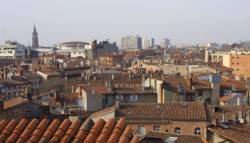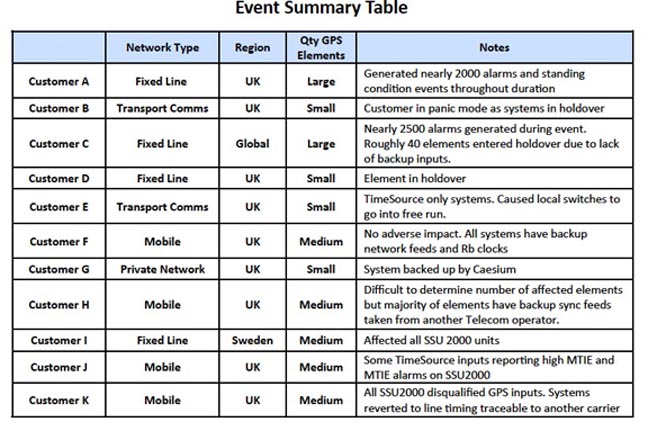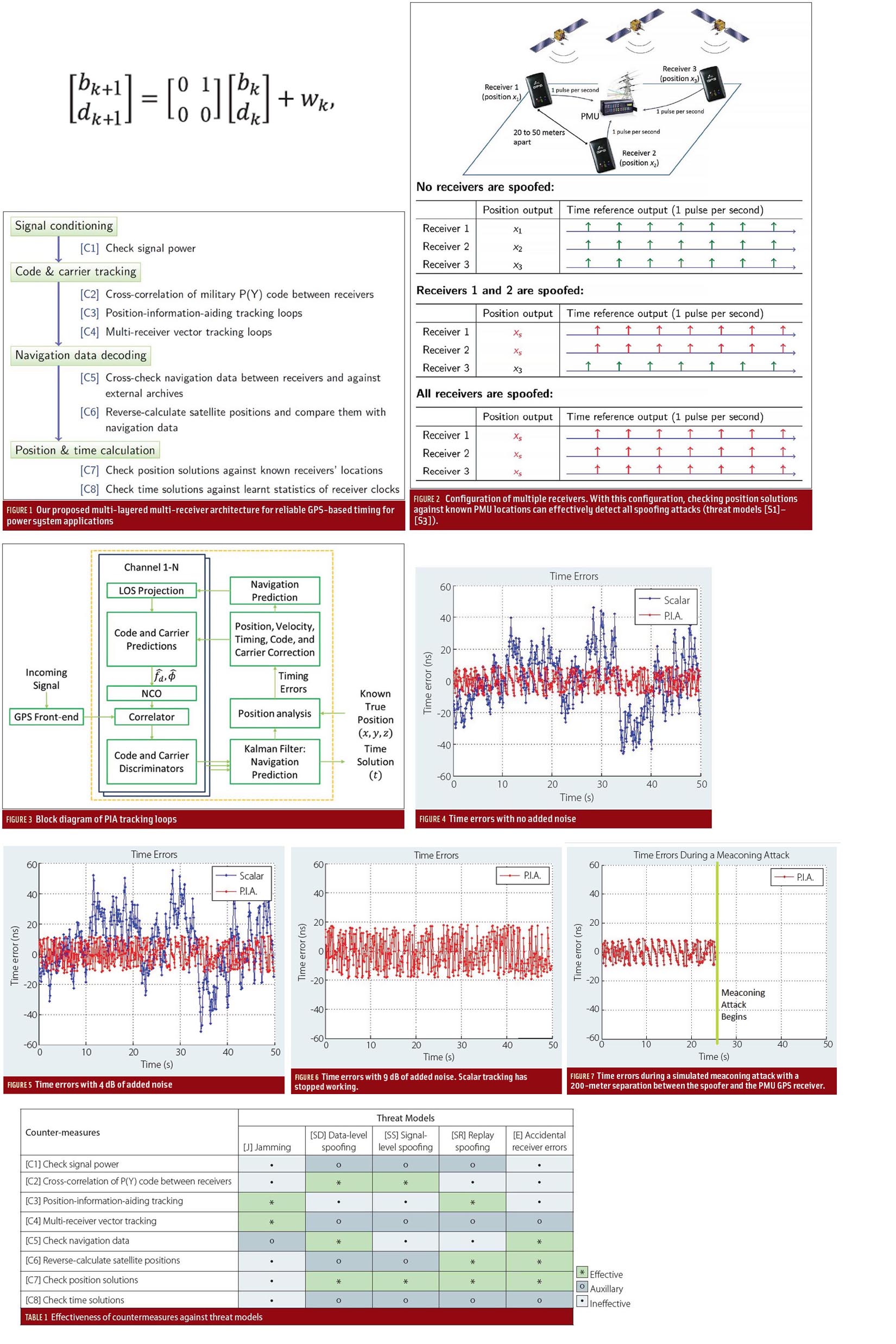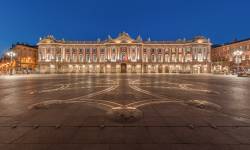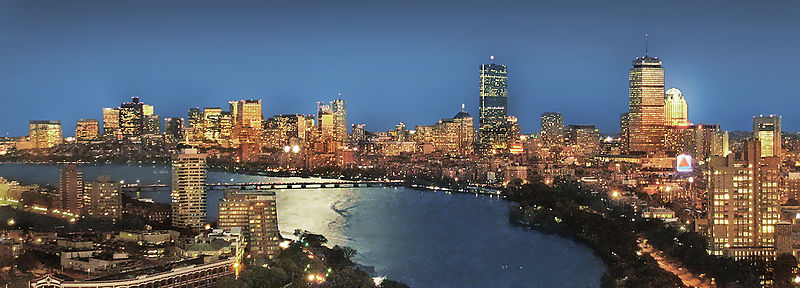DHS Demonstrates eLoran Precision Timing Technology at the New York Stock Exchange
The Department of Homeland Security (DHS) Science and Technology Directorate (S&T) announced today (April 20, 2016) the successful demonstration of Enhanced Loran (eLoran) for precision timing of financial transactions at the New York Stock Exchange (NYSE).
The demonstration at the NYSE was hosted by Juniper Networks on April 19 and presented to technical representatives from the financial services, energy, and communication sectors.
By Inside GNSS
